Congestion Mitigation and Air Quality (CMAQ) Improvement Program
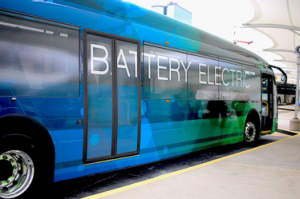
The federal Congestion Mitigation and Air Quality Improvement (CMAQ) program provides dedicated federal funding to state Departments of Transportation for projects that improve air quality and reduce congestion. The CMAQ program improves air quality by funding transportation projects and programs that reduce air emissions from cars, trucks and buses (mobile sources) in air quality non-attainment and maintenance areas, which are the only areas eligible for CMAQ funding.
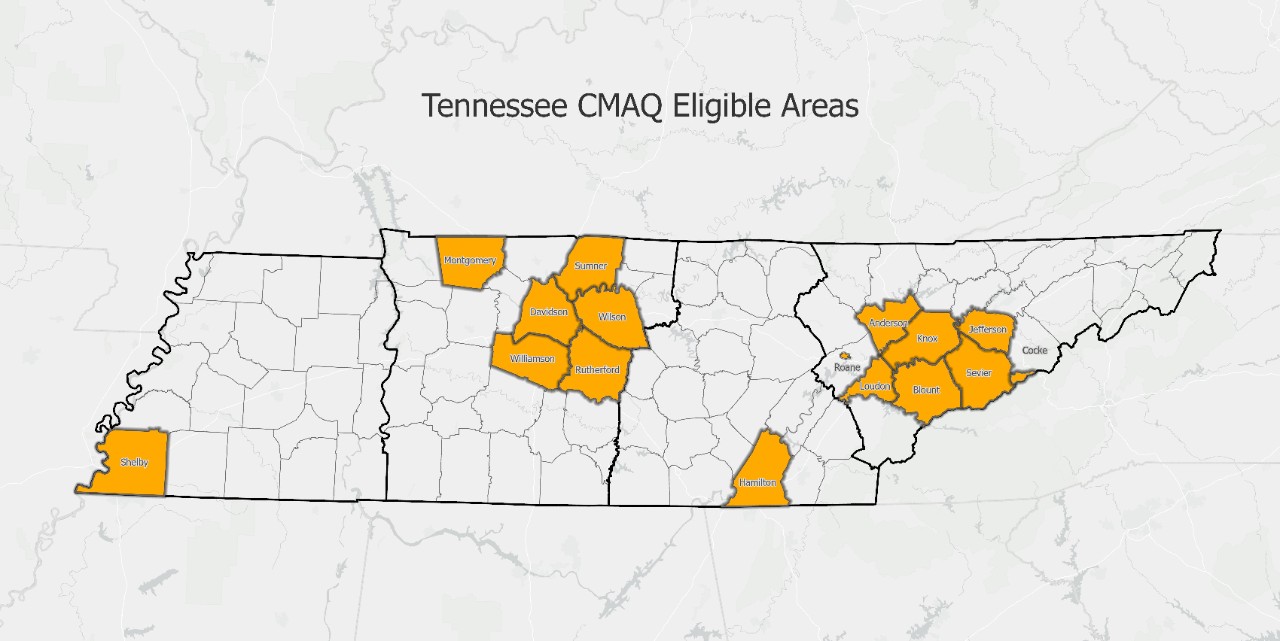
- retrofit control equipment for diesel engines (e.g., diesel retrofits, engine re-powers)
- bicycle and pedestrian facilities and programs (also eligible for Transportation Alternatives funding)
- idling reduction projects
- Travel Demand Management (TDM) programs
- Transportation Control Measures (TCMs) that produce air quality benefits
- education and outreach programs
- public-private partnerships to implement projects that reduce emissions (public agency sponsor required)
- rideshare activities
- transit fare subsidy programs for air quality action days
- traffic flow improvements
- intermodal freight projects
- transit projects
- vehicle inspection (I/M) programs
- transit fare subsidy programs
- Intelligent Transportation Systems (ITS)
- alternative fuels infrastructure
- experimental pilot projects
State DOTs use a range of approaches to developing and implementing Congestion Mitigation and Air Quality Improvement (CMAQ) projects. TDOT selects CMAQ projects through a competitive project proposal process. TDOT develops and publishes project evaluation criteria and assigns numerical scores to each criterion. These numerical scores vary depending on the criterion. Proposals that better address each criterion are awarded higher scores.
Project sponsors (e.g., local governments or nonprofit organizations) prepare project proposals, including air emission reduction analyses, and submit them to the respective Metropolitan Planning Organization (MPO) or Transportation Planning Organization (TPO) that includes a non-attainment/maintenance county within its boundaries. The MPO/TPO submits a package of proposals from that region to TDOT. TDOT reviews, evaluates and scores the proposals that are received. Based on that review, staff recommends selected projects be funded. The Commissioner reviews those recommendations and makes the final selection of projects for funding.
All CMAQ projects must be included in a local transportation improvement program (TIP) developed by the MPO/TPO or in the statewide transportation improvement program (STIP) developed by TDOT. All CMAQ projects must also comply with National Environmental Policy Act (NEPA) requirements.
CMAQ under the Bipartisan Infrastructure Law
The Infrastructure Investment and Jobs Act (IIJA) (Public Law 117-58, also known as the “Bipartisan Infrastructure
Law” (BIL) continues the CMAQ Program with additional project eligibilities.
New Project Eligibility in BIL
- Shared micro-mobility: bike-share and shared scooters
- Purchase of medium or heavy-duty zero-emission vehicles and related charging stations
- Modernization or rehabilitation of a lock and dam or a marine highway corridor under certain circumstances
- No time limitation on operating assistance to include transit systems in small urban and rural areas
CMAQ Emission Calculations
The Federal Highway Administration (FHWA) developed the CMAQ Emissions Calculator Toolkit to provide technical support and resources for the implementation of the CMAQ Program. The Toolkit uses Microsoft Excel spreadsheets and emissions data sources such as the Environmental Protection Agency’s Motor Vehicle Emission Simulator (MOVES) to calculate emissions benefits by project type.
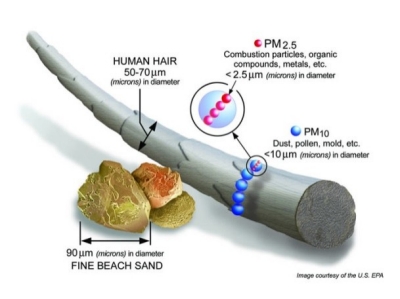
What is PM 2.5?
Fine Particulate Emissions and Public Heath
PM 2.5 refers to fine particles, less than 2.5 microns in diameter, that can lodge deeply into the lungs and pose health risks. Potential health impacts include: premature death in people with heart or lung disease, nonfatal heart attacks, irregular heartbeat, aggravated asthma, decreased lung function and increased respiratory symptoms, such as irritation of the airways, coughing or difficulty breathing. Roughly one third of the U.S. population is at high risk of experiencing PM 2.5-related health effects.
Technology Certification Requirements
Cleaner diesel technologies must be verified or certified by either the U.S. Environmental Protection Agency (EPA) or California Air Resources Board (CARB).
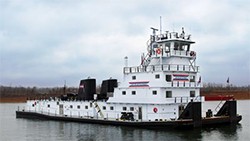
Funding is available to both public and private entities in counties in TDOT Region 1 that were designated as non-attainment or maintenance for PM 2.5. Typical projects include replacing older diesel vehicles with new, cleaner vehicles, diesel engine replacements, and add on technologies. Road diesel vehicles like tractor trailers, buses, garbage trucks, and delivery vehicles are among those available for PM 2.5 funding. Other diesel equipment like locomotives, marine engines, freight handling equipment, road construction equipment, and airport and port equipment are also eligible.
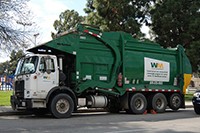
Matching Requirements
Funding is available to both public and private operators of diesel engines. Public sector diesel operators are eligible for project expenses up to 80 percent of total project cost. Private sector diesel operators can receive up to 50 percent of total project cost.
- Owners need to provide basic information on their current diesel engines and proposed technology the owner will use to reduce emissions.
- A minimum 20 percent match is required for most public entities and a 50 percent match for private operators.
- Vehicles and equipment must be operated in a Tennessee 2.5 non-attainment or maintenance areas as shown in the map below.
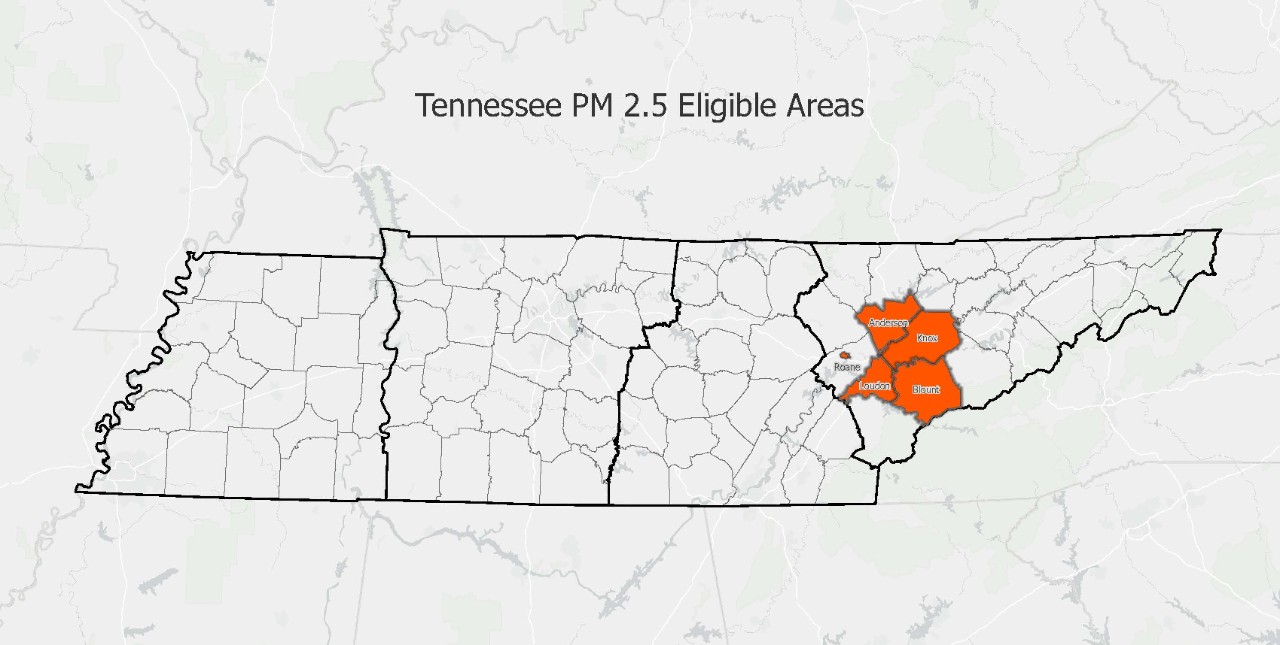
Email TDOT.CMAQ@tn.gov